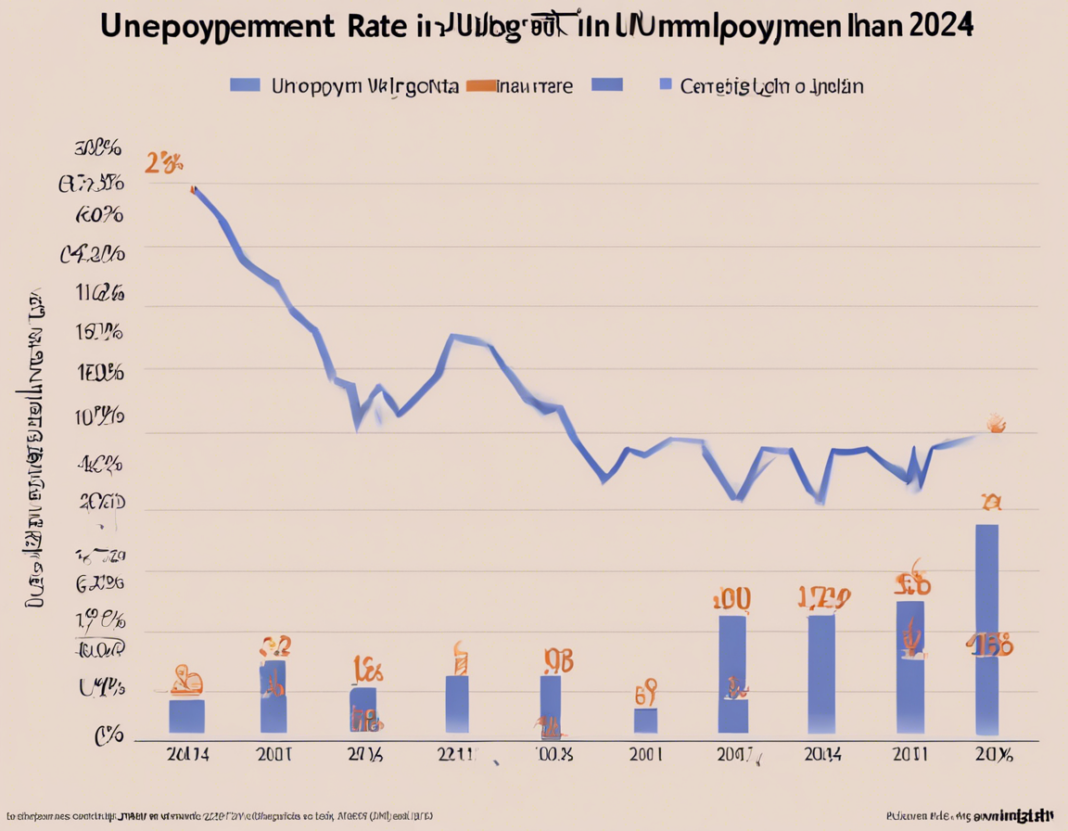Through a combination of factors such as the evolving economic landscape, technological advancements, and global events, the unemployment rate in India has been a subject of concern and interest for policymakers, economists, and citizens alike. In light of recent developments, it is essential to examine the projected unemployment rate in India for 2024 and understand the key drivers shaping this forecast.
Current Unemployment Scenario in India
Before delving into the future projections, it is crucial to assess the current unemployment scenario in India. As of 2021, the country continues to grapple with unemployment challenges, exacerbated by the impact of the global pandemic. The COVID-19 crisis led to widespread job losses across various sectors, leaving millions of individuals without work.
According to official statistics, India’s unemployment rate stood at 7.97% in July 2021, reflecting the significant job market disruptions caused by the pandemic. While the government has implemented various initiatives to boost employment and economic recovery, the road ahead remains challenging.
Factors Influencing Unemployment Rate in India
Several key factors influence the unemployment rate in India, both in the short term and long term. Understanding these factors is essential for making informed projections for the future. Some of the primary determinants include:
-
Economic Growth: The pace of economic growth plays a pivotal role in determining the employment opportunities available in the country. A robust and expanding economy tends to create more jobs across sectors, reducing the unemployment rate.
-
Technological Changes: Technological advancements, including automation and artificial intelligence, have transformed the nature of work, leading to job displacements in certain industries. Adapting to these changes is critical for mitigating unemployment risks.
-
Education and Skills: The availability of skilled labor and alignment between educational qualifications and industry requirements are crucial for reducing unemployment. Investing in education and vocational training can enhance workforce readiness.
-
Government Policies: Regulatory frameworks, fiscal policies, and labor laws implemented by the government impact the business environment and job creation. Proactive policy measures can stimulate employment opportunities.
-
Global Factors: Global economic trends, trade dynamics, and geopolitical developments can influence the Indian job market. Being attuned to these external factors is essential for anticipating potential shifts in employment patterns.
Projected Unemployment Rate in India 2024
While predicting the exact unemployment rate in India for 2024 involves inherent uncertainties, several forecasts and analyses provide insights into the potential trajectory. Given the economic recovery post-pandemic and ongoing policy interventions, experts anticipate a gradual decline in the unemployment rate.
Based on current trends and growth projections, it is plausible to expect the unemployment rate in India to range between 5% and 6% by 2024. This forecast considers factors such as GDP growth, sectoral advancements, government initiatives, and global economic conditions shaping the labor market.
Key Strategies to Address Unemployment Challenges
To navigate the unemployment challenges and work towards achieving a lower rate by 2024, a combination of short-term interventions and long-term strategies is essential. Some key strategies include:
-
Promoting Entrepreneurship: Encouraging entrepreneurship and supporting small businesses can create a conducive environment for job creation and economic growth.
-
Skill Development Programs: Investing in skill development programs and vocational training can enhance employability and bridge the gap between industry demands and available talent.
-
Infrastructure Investments: Infrastructure development projects can generate employment opportunities while laying the foundation for sustained economic progress.
-
Industry Diversification: Fostering diversification across industries and promoting innovation can reduce dependency on specific sectors prone to job fluctuations.
-
Public-Private Partnerships: Collaboration between the government and private sector entities can catalyze job creation initiatives and stimulate economic activity.
Frequently Asked Questions (FAQs) about Unemployment Rate in India
-
What is the current unemployment rate in India?
Current unemployment rate in India stands at 7.97% as of July 2021. -
How does education impact unemployment in India?
Education plays a crucial role in reducing unemployment by enhancing skills and employability of individuals. -
Which sectors are expected to drive employment growth in India by 2024?
Sectors such as technology, healthcare, renewable energy, and e-commerce are poised to drive employment growth in India. -
How can the government policies influence the unemployment rate?
Government policies related to investment, labor laws, and economic incentives can impact job creation and the overall unemployment rate. -
What role does global economic environment play in shaping India’s unemployment rate?
Global economic trends, trade dynamics, and geopolitical factors can influence the job market in India, impacting the unemployment rate.
In conclusion, the forecasted unemployment rate in India for 2024 reflects a combination of internal dynamics and external factors shaping the labor market. By adopting targeted strategies, investing in skill development, and fostering a conducive business environment, India can strive towards achieving a lower unemployment rate and fostering inclusive growth and prosperity.


